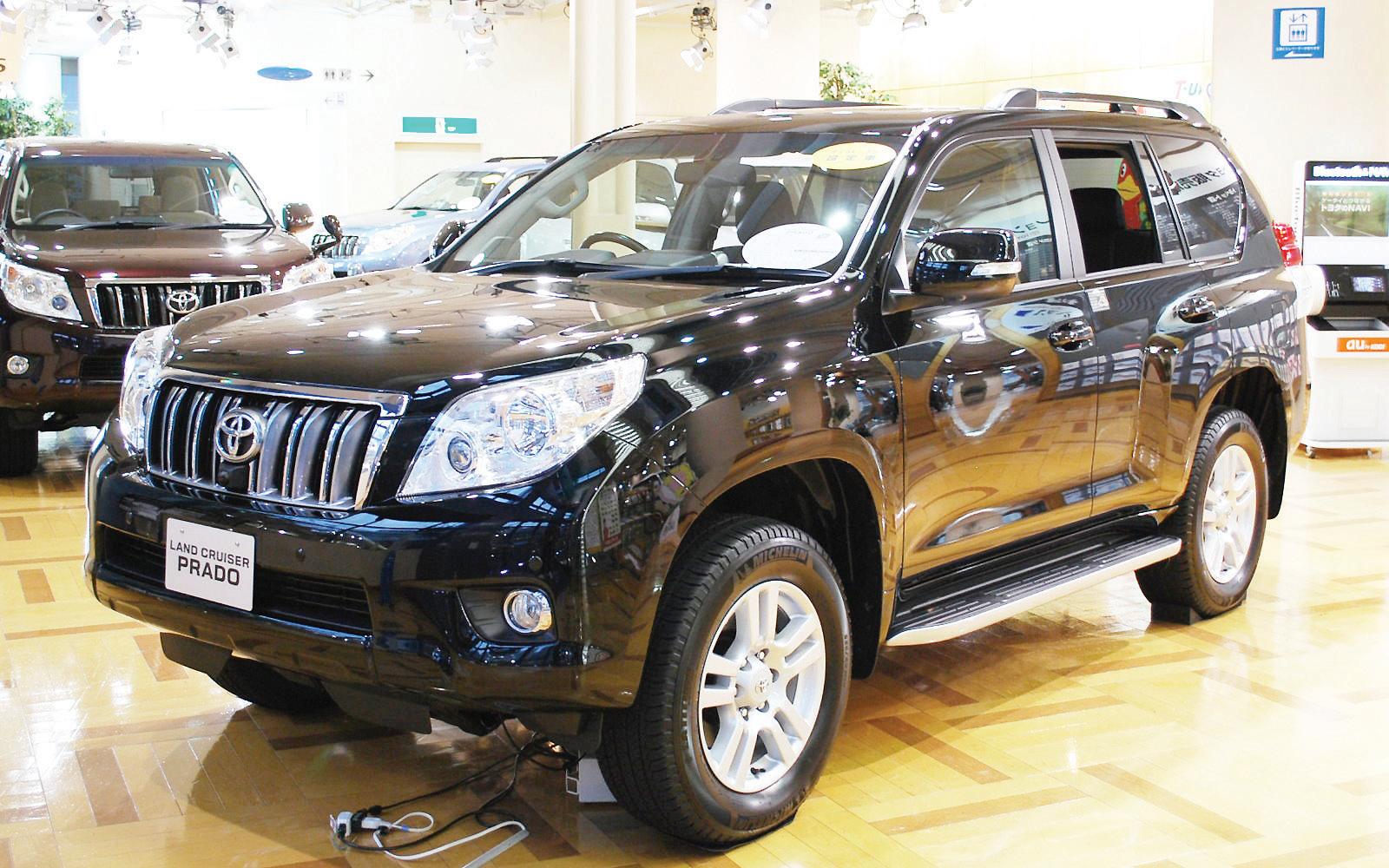
4 minute read
India’s car revolution
from 2011-08 Melbourne
by Indian Link
Cars
Development And
BY NOEL G DE SOUZA
Over thirty years ago, when one tried to speak in Australia about development in India, the response one got was: “Can Indians afford cars?” or “What sorts of cars does India make?” The three-wheelers which are still common transport on the winding streets of old sections of Indian cities used to be the object of jokes and even ridicule. Now Bajaj, which is the premier manufacturer of such practical vehicles, is reported to be about to unveil a battery-operated “green” version.
Within the last few years India has skyrocketed into motorcar production, emerging as the seventh largest car producer in the world and it could soon overtake Brazil which is currently the sixth
Within the last few years India has skyrocketed into motorcar production, emerging as the seventh largest car producer in the world and it could soon overtake Brazil which is currently the sixth. India produces 11 million vehicles annually, and exports oneand-half million of these. In 2008, it produced 2,641,550 motorcars and just a year later the figure touched 3,536,783 thus representing a jump of 33.9%. In the year 2000, it had produced only just over 800,000 cars.
Currently, India’s motorcar industry is rapidly expanding and sales have never been better. Many Indians, often publicised globally as poor, can afford cars! Indian cars are also being exported, which means that their quality meets accepted international standards. The largest foreign buyer is the USA, with sales of over half-a-billion US dollars.
India’s car production falls below that of China which grew from an already incredible 13,790,994 cars in 2008 to 18,264,667 cars in 2009 (an increase of 32.4%). In the year 2000, China had produced just over 2 million cars. In contrast, Australia’s production of 227,283 in 2008 and 243,495 in 2009 (an increase of 7.1%) looks modest.
The United States story is just the opposite: it produced about 12.8 million cars in 2000 but this fell to just over 7.7 million in 2010. The European Union likewise, had a decrease in production from 17.1 million to 16.9 million during the same period.
For years the world has judged countries on the kinds of cars that they make. Likewise, individuals are often judged by the cars they own. Cars per head of population has been one of the indicators used to measure a country’s development. Neither space science nor atomic science can make as strong an impression on the average individual as can cars, particularly if they are of well-known brand names.
At one stage, India concentrated on making buses and trucks which were needed for public transport. Owning a car was then considered a luxury. Today, over 90% of vehicles sold in India are for private use and less than 10% for commercial use. Currently, around 200,000 motorcars are sold every month in India. In 2001, a total of about 55 million vehicles were registered, which escalated to over 106 million in 2008, during which time motorcar registration jumped from 7 million to 14 million.
The spectacular growth of India’s motorcar industry can be attributed to economic liberalisation which began in 1991. This replaced the old “license raj” by relaxing cumbersome restrictions; it was an open invitation for the entry of foreign capital and know-how into the car industry. Almost all the big automobile brand names have come to be represented in Indian manufacturing.
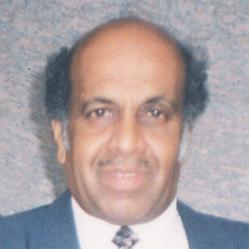
Major European brands include BMW, Fiat, Mercedes-Benz, Renault, Volkswagen and Land Rover. America is represented by Ford, General Motors and Chevrolet. These are followed from Japan by Mitsubishi, Suzuki, Nissan and Honda, and from Korea by Hyundai.
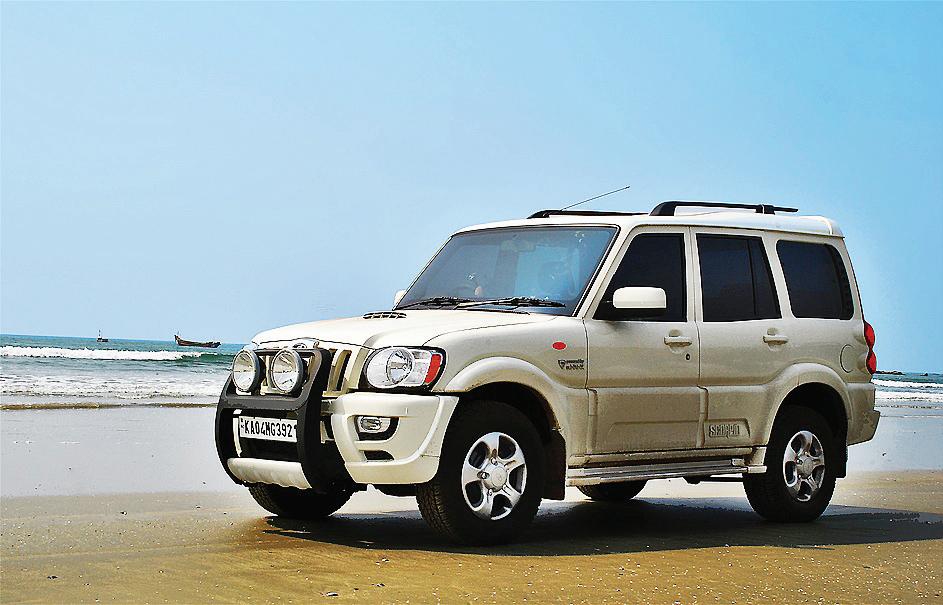
Different car components were originally designed in different countries. No one country can claim exclusive credit for motorcar design. Today, parts which go into manufacturing cars in any part of the world cheapest car, the Nano, manufactured by Tata. This car is in a long line of “people’s” cars, the first of which was the Volkswagen. The first Indian attempt at a small affordable car was the Maruti, now produced in India in collaboration with Suzuki. The Maruti Suzuki (there are several models) is India’s best selling car and supplies 45% of its market.
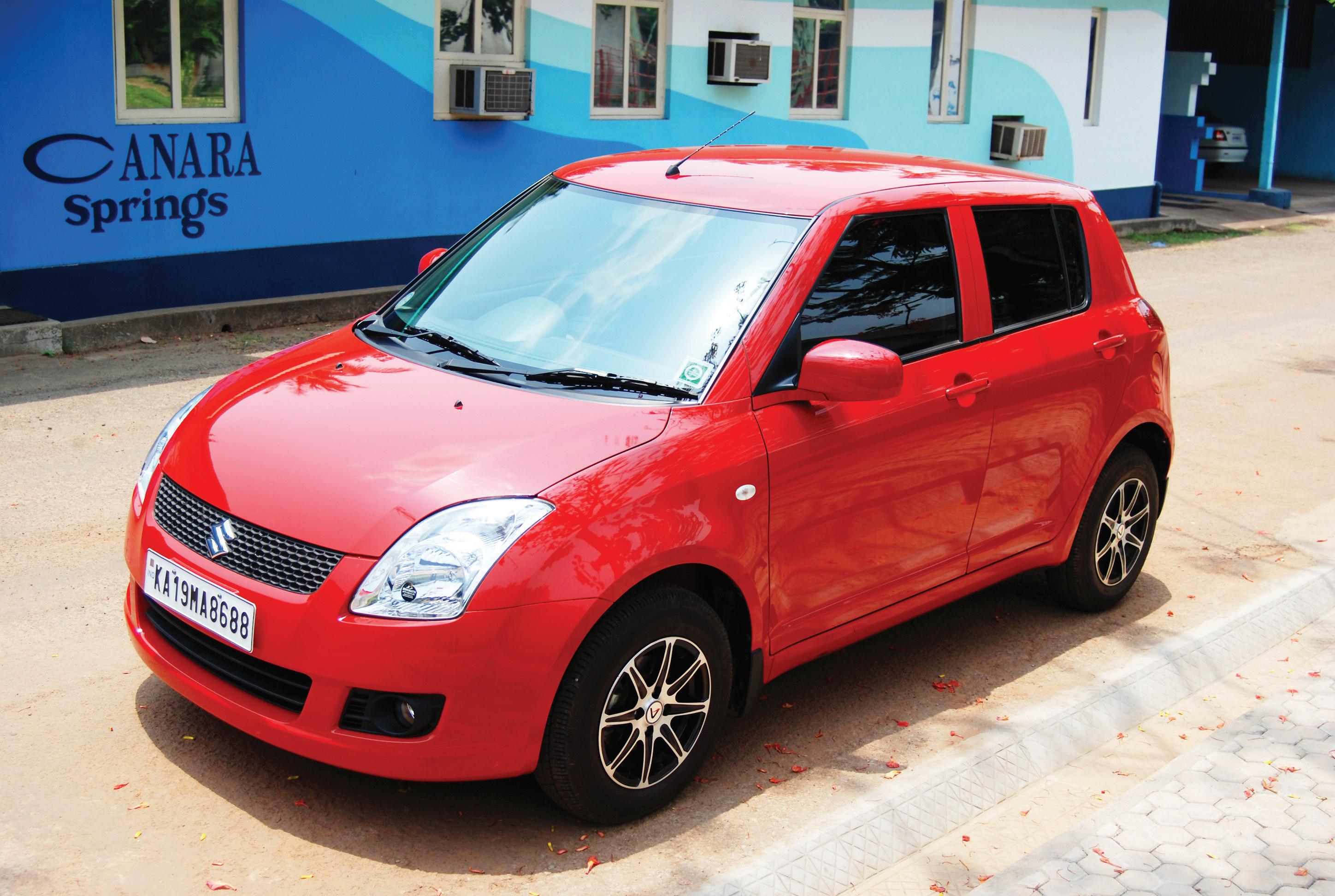
The Nano, despite some cost increases due to a rise in the price of components like steel, is still the world’s cheapest city car. Its very basic model has a rear engine, and it is lightweight and is highly fuel efficient. Models with no frills (such as no air-conditioning) are the cheapest and with such additions, the price rises. A new model, designed for European standards, is compact and cheap according to world standards.
Bajaj Auto, with the help of Renault and
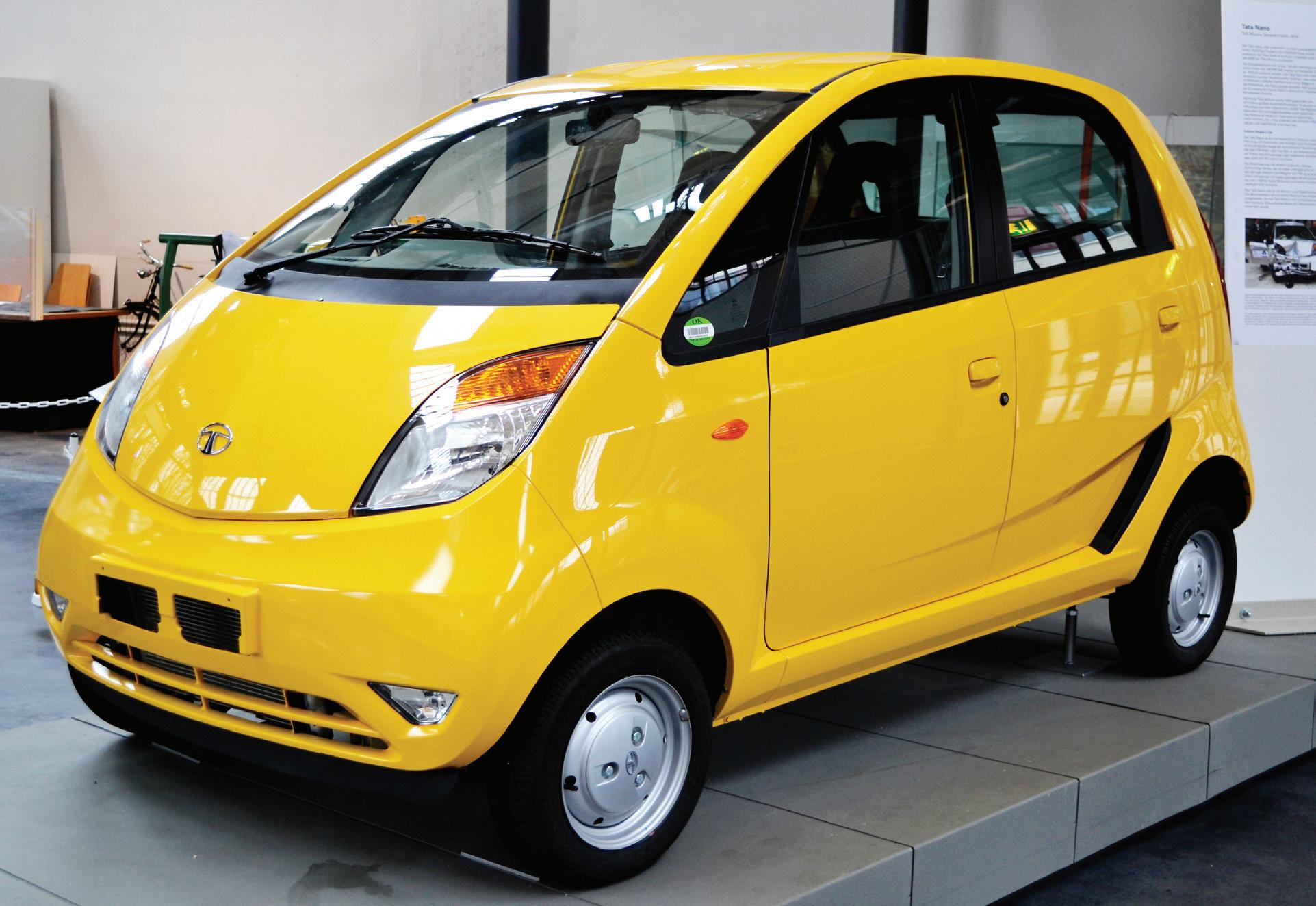




BY SHERYL DIXIT
My 6 year old overheard a teleconversation I was having with my editor. I’d barely put the phone down when he asked, “What’s Indde-pen-ce Day?”
“Independence,” I said absently, “Stop tearing up that paper.”
“What’s that?” he insisted.
“It’s the day when India got free,” I said impatiently. “Pick up that eraser.”
“Was India a prisoner?”
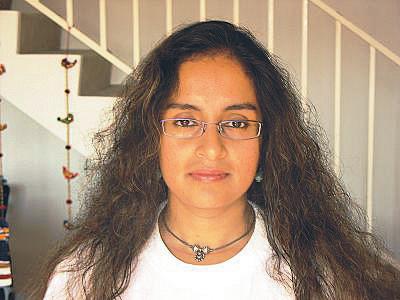
“Yes, yes, yes, of the British! Now don’t open that sharpener or you’ll drop the shavings….there! See? I told you….”
Naturally, he tuned out at that point. Which made me think, when I was calmer, how do you explain the concept of India’s independence to this generation of Indian-origin kids who live so far from the land of their birthright. He returned to the attack in a while.
“Does Australia celebrate independence?”
“In a way, I guess. That’s why we celebrate Australia Day.”
“So was Australia a prisoner too?”
“Well, they were a part of the Commonwealth,” I said lamely, feeling like I was inexorably digging myself in even further. In a moment I would display an alarming lack of knowledge, dangerous to a child who believes that ‘Mummy knows everything!’
“What’s the Commonwealth?”
“What’s that in the backyard? Is it a kookaburra?”
It worked, and the next hour was spent in him and his brother imitating the sounds of the bird.
When my headache finally settled down, I realised that if we came back to the subject again (and we sure as hell would!) I would have a lot of explaining to do. Yes, we did celebrate Independence Day in school, trying unsuccessfully to stay in step during the March Past, nervously recalling the words of the Pledge, singing the National Anthem off-key, which is probably the only thing I got completely right. My green skirt, white blouse and red tie would be crisply ironed, our canvas shoes would be excitingly white, and even if they were not, we could expect one of our mates to fish out a piece of white chalk just in time to do a bit of damage control. The hair would be braided up into two neat plaits and one was ready for a day of national revelry.
My dad, bless him, absolutely adored Independence Day celebrations, for that matter Republic Day too, and Hindi movies, soap serials, Chayageet – in fact, anything that he could watch on our colour TV, “first in the neighbourhood, sent by my brother in Dubai!”. He would watch the










